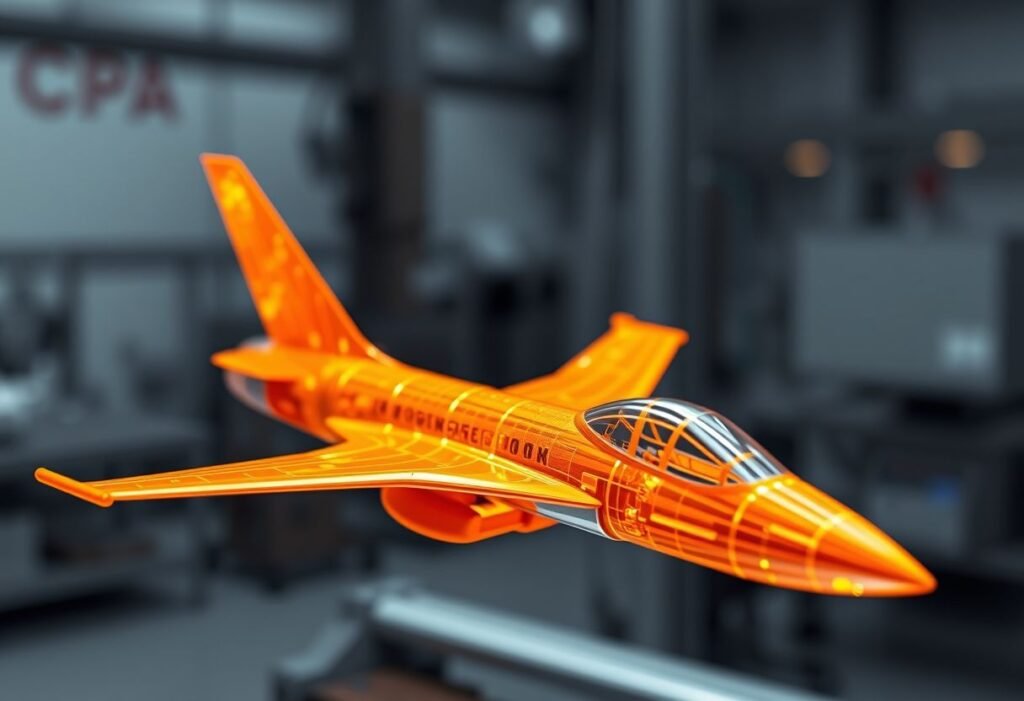The evolution of additive manufacturing has significantly transformed the landscape of the aerospace industry. As innovation drives competition and growth, understanding the impact of this technology is crucial.
The Role of Additive Manufacturing in Aerospace Innovation
Additive manufacturing, also known as 3D printing, plays a pivotal role in redefining aerospace design and manufacturing processes. By enabling the production of complex geometries that are impossible to achieve through traditional machining methods, this technology not only enhances creativity among designers but also elevates efficiency in production lines. The aerospace sector leverages this capability to reduce weight, improve fuel efficiency, and optimize the overall performance of aircraft components.
Cost Reduction through Additive Manufacturing
The financial implications of adopting additive manufacturing are profound. Gone are the days of lengthy production times and expensive tooling costs. With 3D printing, companies can fabricate parts on demand, which minimizes inventory costs and waste. This capability is particularly beneficial for aircraft that require customized parts or small batches, significantly lowering costs while maintaining quality. For instance, various aerospace companies have reported a dramatic reduction in costs associated with prototyping and manufacturing, translating into notable savings in their overall budgets.
Customization and Flexibility
One of the standout features of additive manufacturing is its ability to produce highly customized solutions. This flexibility resonates deeply within the aerospace sector, where unique requirements for parts and components are commonplace. Whether it’s creating a specialized bracket or a complex engine component, the speed and ease of 3D printing allow manufacturers to adjust designs quickly based on feedback or operational needs. This responsiveness to customer demands fosters innovation and allows for rapid iteration of designs, resulting in enhanced products.
Reducing Environmental Impact
As global awareness of environmental issues grows, the aerospace sector is increasingly focused on sustainability. Additive manufacturing contributes to this goal by significantly reducing material waste. Traditional manufacturing methods often involve cutting away excess material from larger blocks. In contrast, additive techniques only use the amount of material needed, leading to more sustainable practices. Furthermore, lighter components produced through 3D printing can lead to lower fuel consumption, further decreasing the environmental footprint of air travel.
Accelerating Innovation Cycles
The speed at which products can be developed and tested has been revolutionized by additive manufacturing. The traditional manufacturing cycle can take months or even years; however, with 3D printing, prototypes can be created within days. This agility allows companies to bring innovations to market faster than ever, which is crucial in a competitive industry like aerospace. Fast iteration cycles facilitate rapid experimentation and reduce time-to-market for new technologies and designs, ultimately benefiting consumers with improved choices.
Future Prospects and Trends
Looking ahead, the future of additive manufacturing in aerospace is promising. With advancements in materials science and technology, we expect to see further integration of this approach into mainstream aerospace manufacturing. Research is ongoing into stronger and lighter materials suitable for 3D printing, likely leading to new applications in both commercial and defense sectors. The continual evolution and acceptance of additive manufacturing will undoubtedly revolutionize how aircraft are designed, built, and maintained.
Disclaimer: The information contained in this article is for informational purposes only and does not constitute professional advice.





















